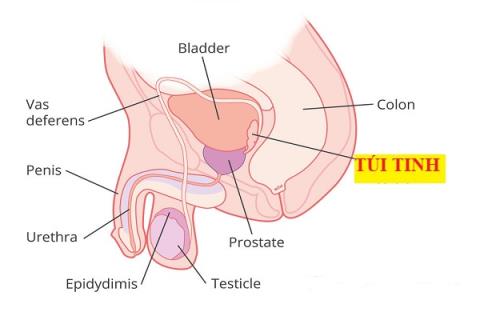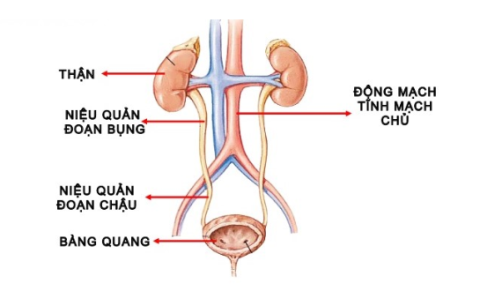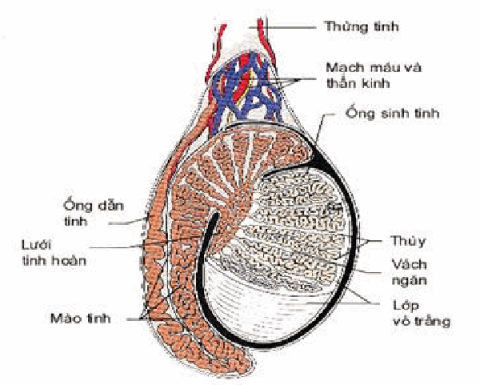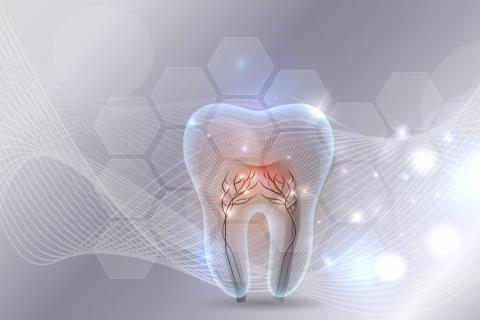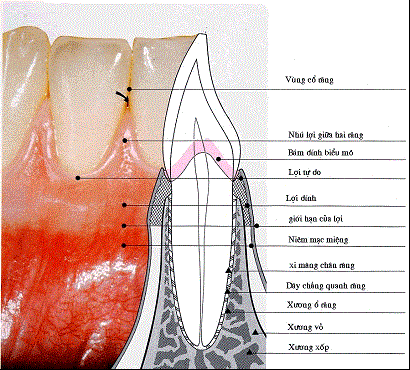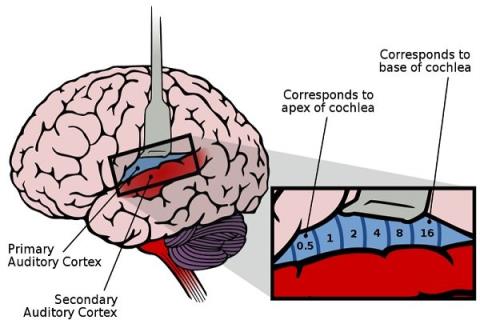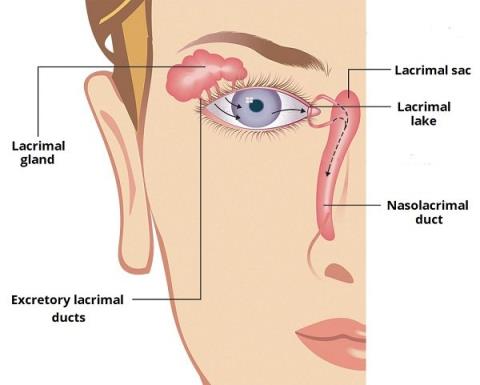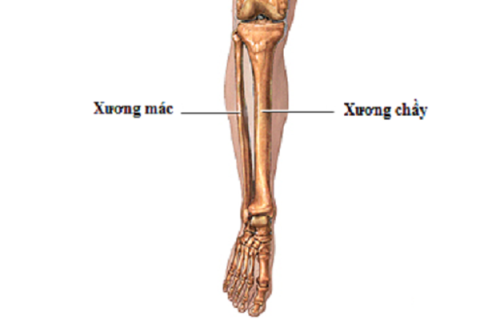Vaginal pH and what you need to know

Article by Doctor Nguyen Thanh Xuan about Vaginal pH - the vagina has a very rich resident microflora including beneficial and harmful microorganisms
Vaginal health is an important part of a woman's overall health. Even vaginal problems affect fertility, sex drive. In addition, vaginal problems can also stress women out, affect relationships, and affect your self-confidence. Therefore, it is important to know the overview of the vagina, its functional location, and the influencing factors. In addition, women also need to know which vaginal signs should see a doctor.
content
1. What is a vagina?
When talking about the vagina, some people think it is similar to the vulva - the external female genitalia. But in reality, these two agencies are different.
The vulva is the part of the external genitalia that includes:
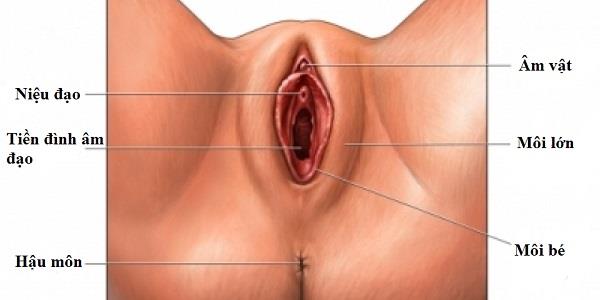
The vulva – External female genitalia
Meanwhile, the vagina is a muscular tube lined with nerves and mucous membranes. It's like a channel. One end is the vaginal vestibule, and the extension connects to the uterus and cervix. Therefore, the vagina has the function of allowing menstruation to exit. It is also a place for intercourse and childbirth.
2. The structure and function of the vagina?
2.1 Vaginal vestibule
Vaginal vestibule, or vaginal opening, is the entrance to the vagina. The vaginal vestibule is located between the anus and the urethra. The opening of the vagina is where menstrual blood comes out of the uterus. This is the opening for sex and for the birth of a baby.
2.2 Vaginal wall
The vaginal wall is made up of muscle and covered by a mucous membrane. The structure resembles tissue in the mouth. The vaginal wall contains layers of tissue with many elastic fibers. The surface of the vaginal wall forms many wrinkles (folds). Wrinkles to create space to allow the vagina to expand during sex or childbirth.
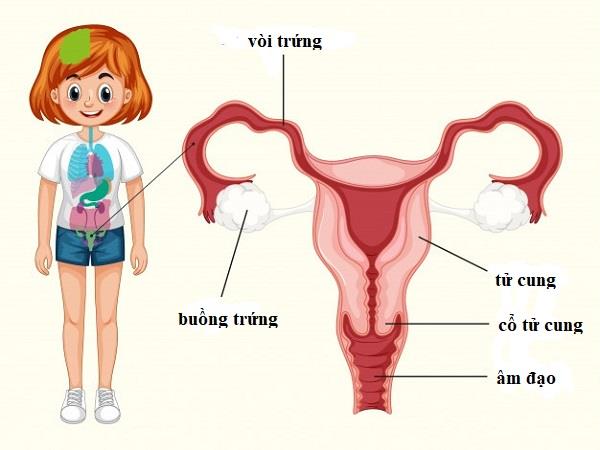
The tissues of the vaginal wall change and are affected by estrogen during each menstrual cycle. The cells in the outermost layer of the vaginal wall store glycogen. During ovulation, this layer of cells is shed. Glycogen is broken down by bacteria and helps maintain pH levels. This condition helps protect the vagina against harmful bacteria and fungi.
2.3 Hymen
The hymen is a thin membrane that surrounds the opening into the vagina. In fact, hymens come in different shapes and sizes. However, the most diverse is the half-moon shape. This shape allows menstrual blood to drain out of the vagina.
When a woman first has intercourse or inserts something into the vagina, the hymen can tear. The hymen can also tear during strenuous exercise.
In some women, rarely, the shape and type of the hymen can interfere with menstrual flow, or intercourse. Consists of:
Holeless hymen: A hymen without stoma will completely cover the opening into the vagina. This condition is to prevent menstrual flow from escaping. To resolve, the membrane will need to be repaired with minor surgery.
Super-small hole hymen: With this membrane, although there are holes, the hole is too small, almost covering the vaginal opening. With this membrane, a minor surgery will be required to make the opening wider.
Hymen with septum: Will include a band of tissue in between creating two openings, and may require minor surgery to repair.
3. What problems can affect the vagina?
The vagina is a closed muscular tube that extends from the vulva – the outside of the female genitals – to the cervix (cervix).
Several factors can affect vaginal health, including:
3.1 Sex
Unprotected sex can lead to sexually transmitted infections. Vigorous intercourse or trauma to the pelvic region can also lead to vaginal trauma.
3.2 Certain medical conditions and problems
For example , endometriosis , a pelvic inflammatory disease , can cause pain during sex. Scars from pelvic surgery and some cancer treatments can also cause this condition. In addition, when arbitrarily using some antibiotics increases the risk of vaginal yeast infections.
3.3 Contraceptive and feminine hygiene products:
Barrier methods of contraception, such as condoms, diaphragms, and spermicides, can irritate the vagina. Using sprays, deodorants, or douches can irritate the vagina or make existing irritation worse.
3.4 Pregnancy and childbirth
If you become pregnant, you will stop menstruating until your baby is born. During pregnancy, vaginal discharge often increases. In some cases, an episiotomy — an incision that cuts the vaginal vestibule to create a larger opening for the baby to come out — is needed.
3.5 Psychological problems
Anxiety and depression can contribute to vaginal arousal levels. It also contributes to discomfort or pain during sex. Trauma — such as sexual abuse — can also lead to sex-related pain.
3.6 Hormone levels
Changing hormone levels can affect your vagina. For example, estrogen production decreases after menopause and during breastfeeding. Loss of estrogen can cause the lining of the vagina to thin (vaginal atrophy). The result will be pain during sex.
4. What health problems can the vagina have?
Conditions that can affect the vagina, include:
4.1 Sexual problems
For example, persistent or recurrent pain just before, during, or after sex. Pain during sex can be caused by involuntary spasms of the muscles of the vaginal wall. Additionally, vaginal dryness, which often occurs after menopause, can also cause pain during intercourse.
4.2 Sexually transmitted diseases
Sexually transmitted infections that can affect the vagina include: Chlamydia, gonorrhea, genital warts, syphilis, and genital herpes (genital herpes). Signs of the disease may include: Unusual vaginal discharge, an itchy rash or acne or genital sores.
>> Sexually transmitted diseases (STDs) or sexually transmitted infections (STIs) are diseases that occur after sex. Chlamydia trachomatis (Chlamydia) is one of the causative agents of disease in both men and women. The disease can cause dangerous complications.
4.3 Vaginitis
An infection or a change in the balance of vaginal yeast and bacteria can cause vaginitis . Symptoms include: Unusual, foul-smelling vaginal discharge, itching, and pain. Common types of vaginitis include: Bacterial vaginosis, fungal infections, and trichomoniasis.
4.4 Weakness of pelvic floor muscles
If the supporting ligaments and connective tissues that hold the uterus and vaginal walls in place become weak. This results in the uterus, bladder, rectum, or vaginal wall being able to recede. Consequences can cause urine leakage during coughing and sneezing (urinary leakage).
4.5 Other rare conditions
Vaginal cysts can cause pain during sex. Vaginal cancer – which can present as vaginal bleeding after menopause or sexual intercourse – is also a rare condition.
5. What vaginal signs need to see a doctor?
Consult your doctor if you notice:
You may not need to see your doctor every time you experience vaginal irritation and discharge. Especially if you've been diagnosed with a vaginal yeast infection before and you're experiencing similar signs and symptoms. However, if you choose to use an over-the-counter medication and your symptoms don't go away. Please consult your doctor.
6. What to do to keep the vagina healthy?
You can do the following to protect your vaginal health and overall health. Consists of:
The vagina is an important part of a woman's reproductive organs. In particular, vaginitis is a common disease in women. When there are health problems related to the vagina such as abnormal white discharge, bad odor, discoloration, itching and pain during sex. Women should visit a gynecologist to protect their reproductive health.
In addition, it is necessary to maintain vaginal health, including: Using condoms (when needed), monogamous relations, vaccination against cervical cancer, hepatitis and limiting alcohol and tobacco.
Written by: Hoang Yen , Medical consultation: Doctor Nguyen Trung Nghia
Article by Doctor Nguyen Thanh Xuan about Vaginal pH - the vagina has a very rich resident microflora including beneficial and harmful microorganisms
On the human body, there are about 49 sesame bones of different sizes. Sesamoid bones are small bones located below tendons, commonly found in the joints of the hands and feet.
The seminal vesicles in humans are part of the male reproductive system. This unit has a distinct structure and function. It plays a role in semen production
The article was consulted by doctor Nguyen Huynh Uyen Tam about ureters, ureteral function and some related diseases.
Article by Doctor Nguyen Doan Trong Nhan about testicles. There are many conditions that affect the testicles and can sometimes lead to infertility.
Enamel is the outermost layer, plays a protective role and is also the strongest component. Although hard, enamel can still crack, chip and be dissolved by acids
Gums play an important role in the oral system. It helps to cover, create aesthetics for the mouth area, protect and prevent the penetration of bacteria
The temporal lobe is one of the main lobes that make up the human brain. This lobe of the brain has distinct functions.
Doctor Nguyen Lam Giang's article about the lacrimal gland, a very specific exocrine gland in humans, thanks to the lacrimal gland we can express our emotions
Article by Doctor Luong Sy Bac about tibia. The tibia is the large bone in the lower leg that bears the main force of the body and is often injured.

